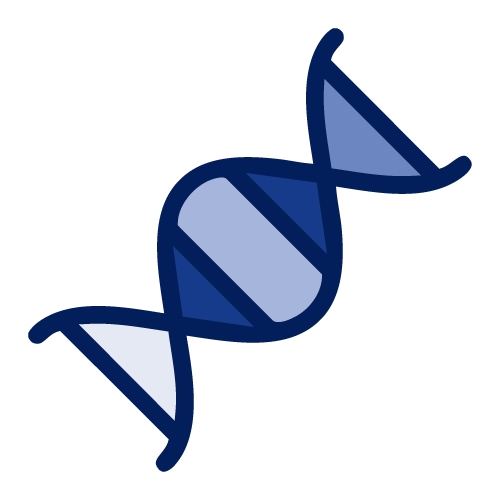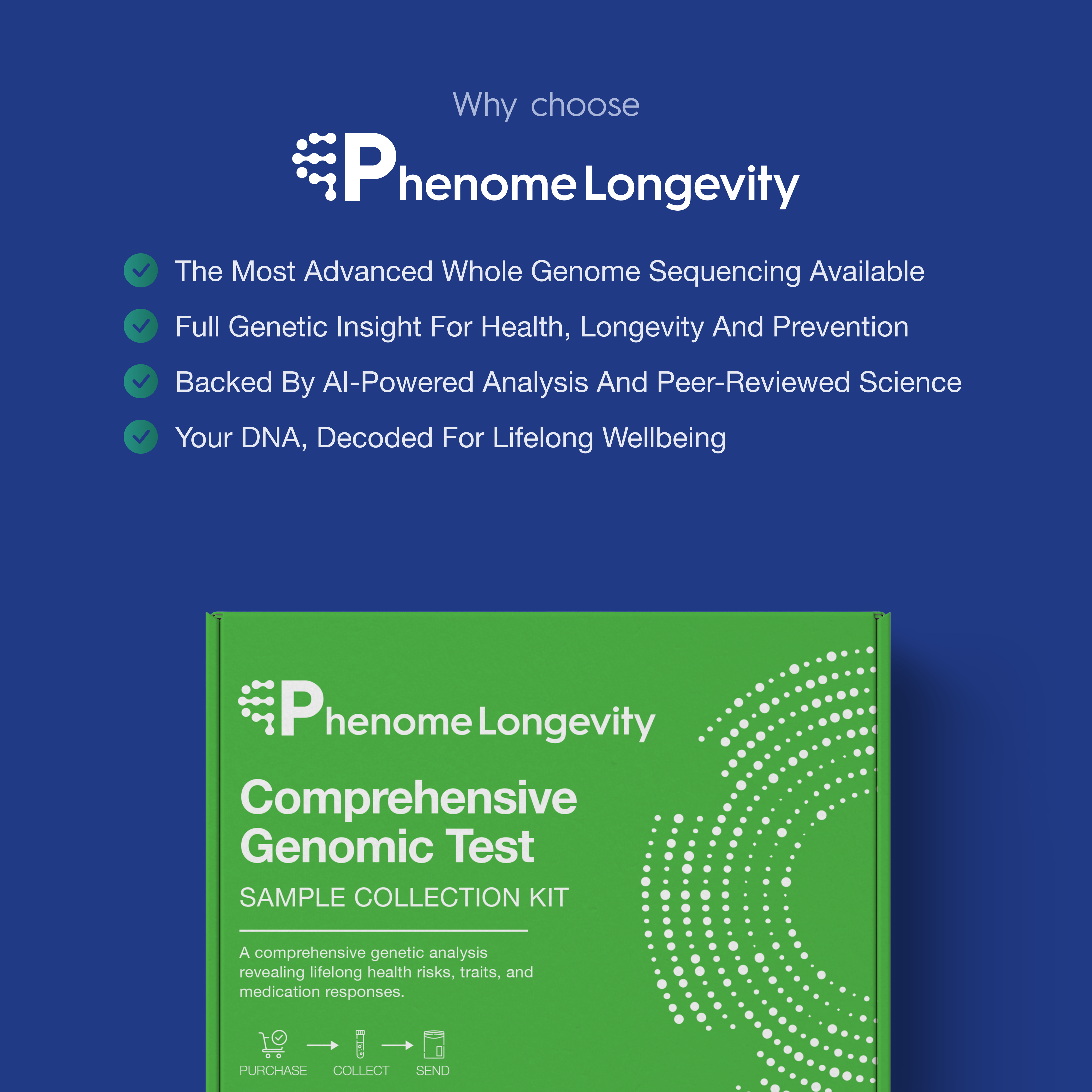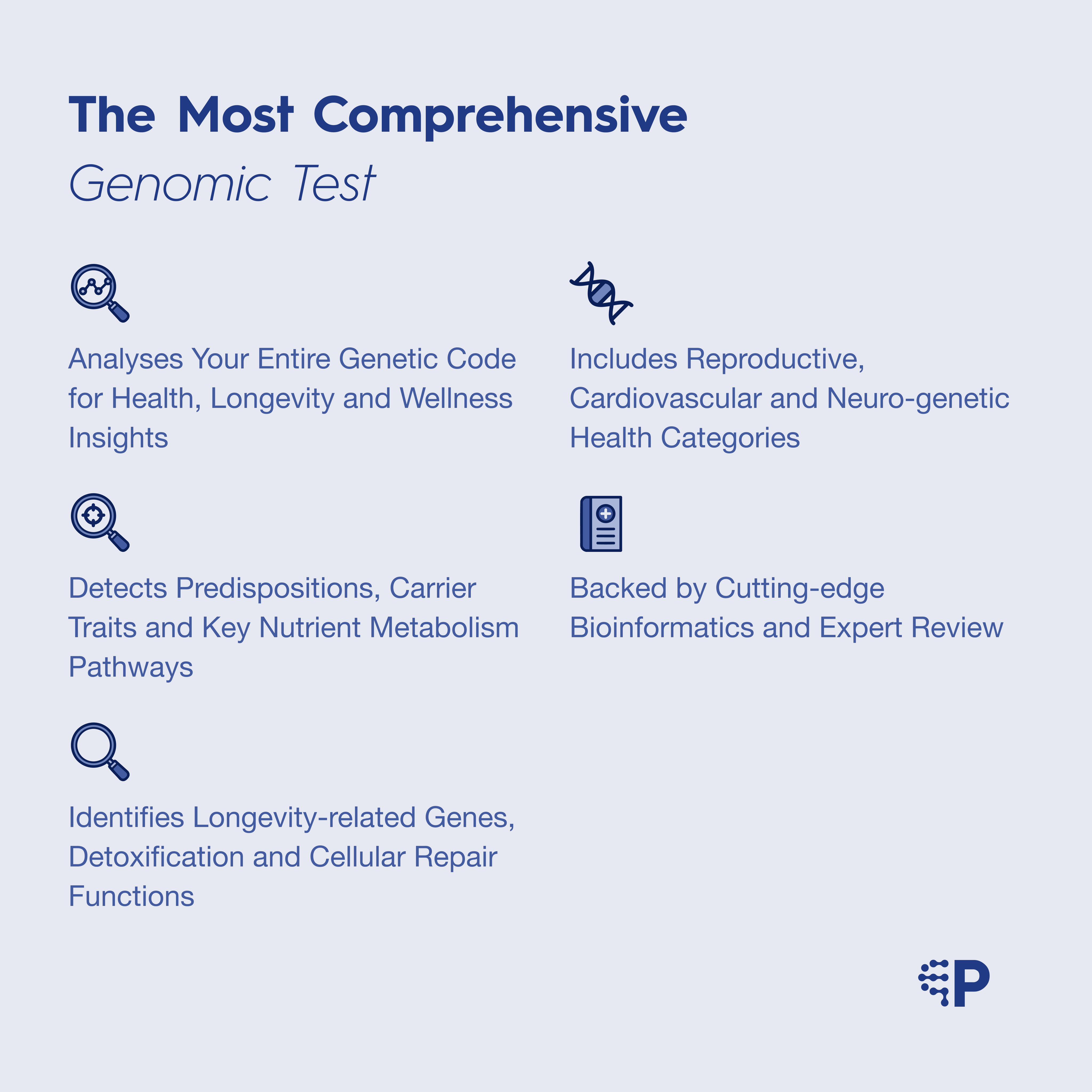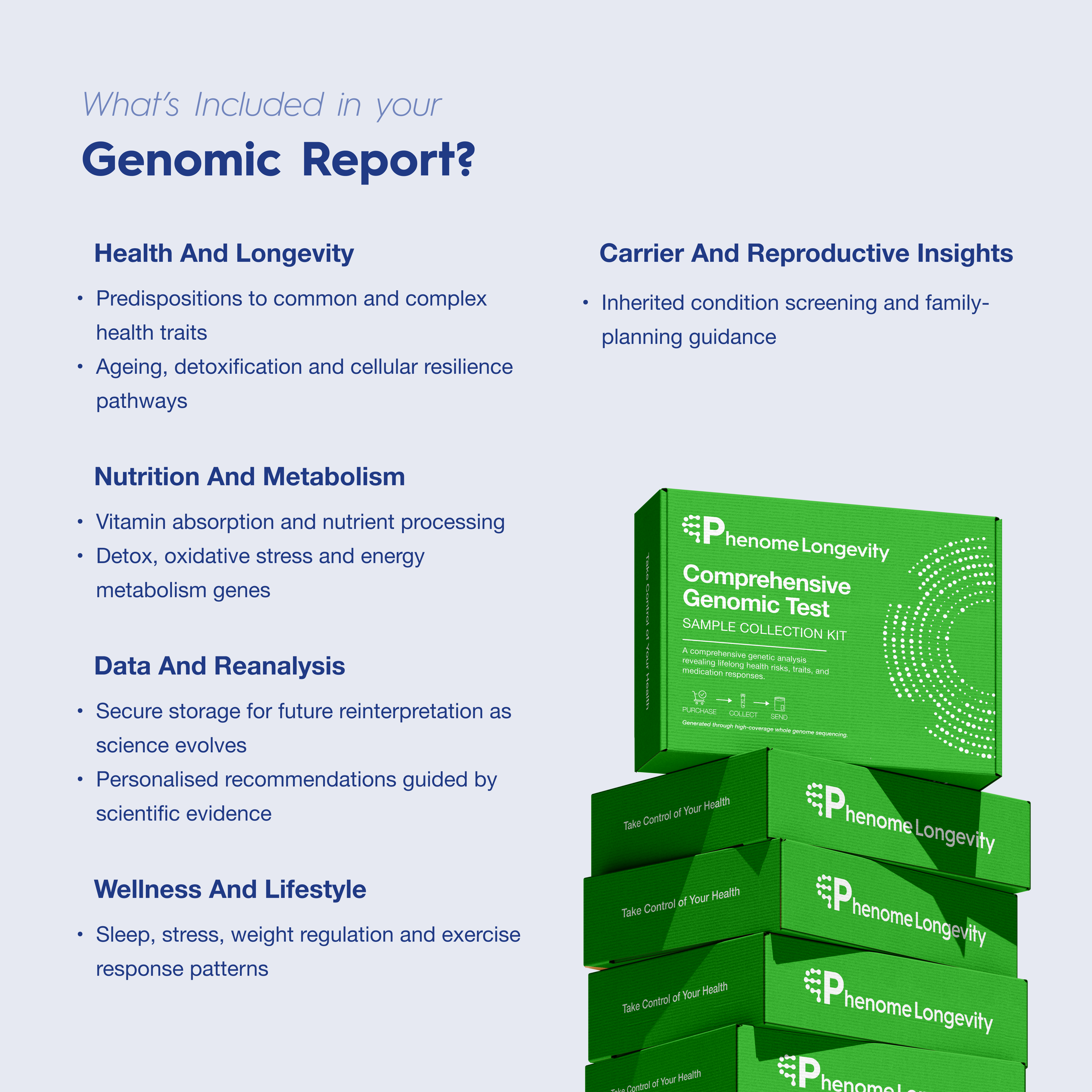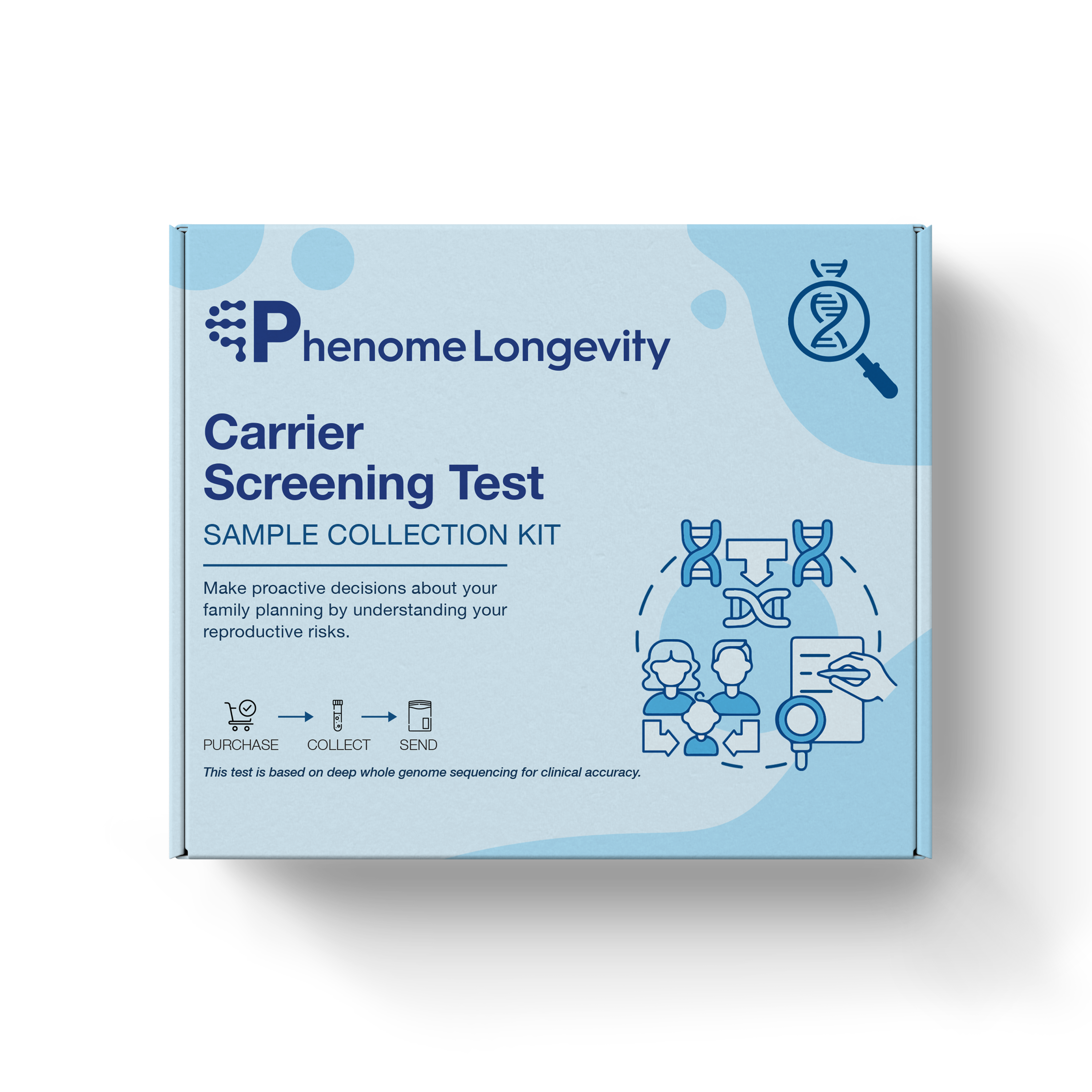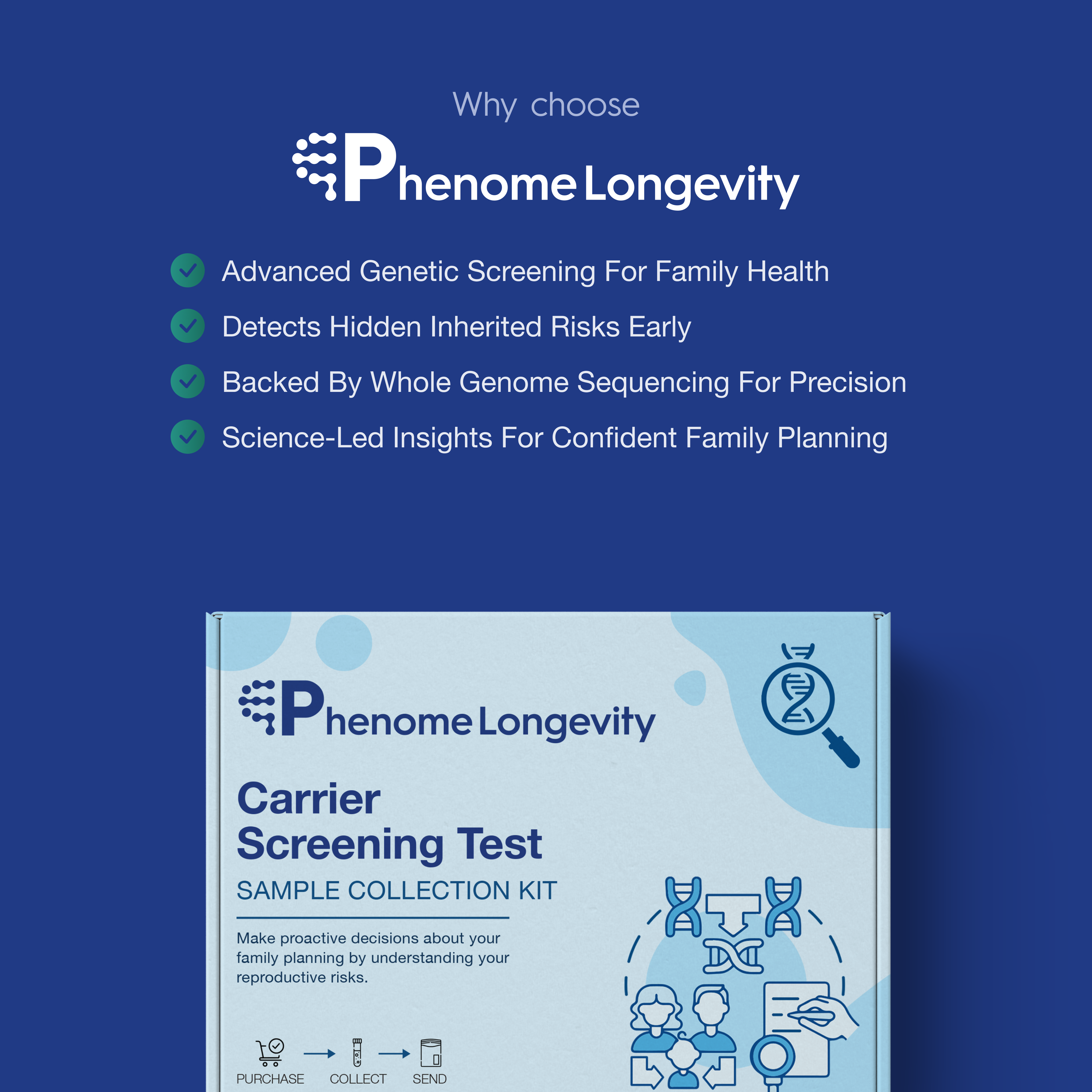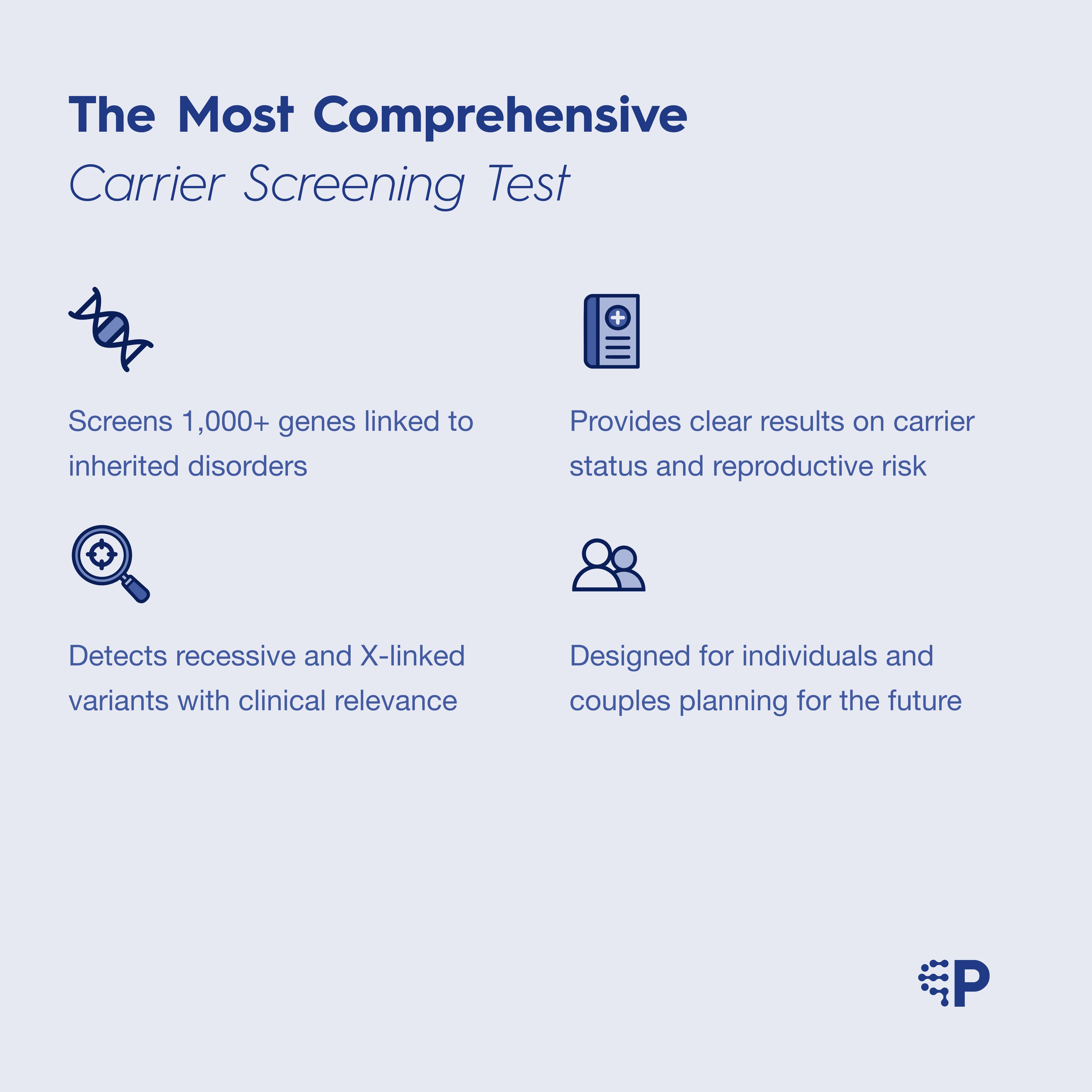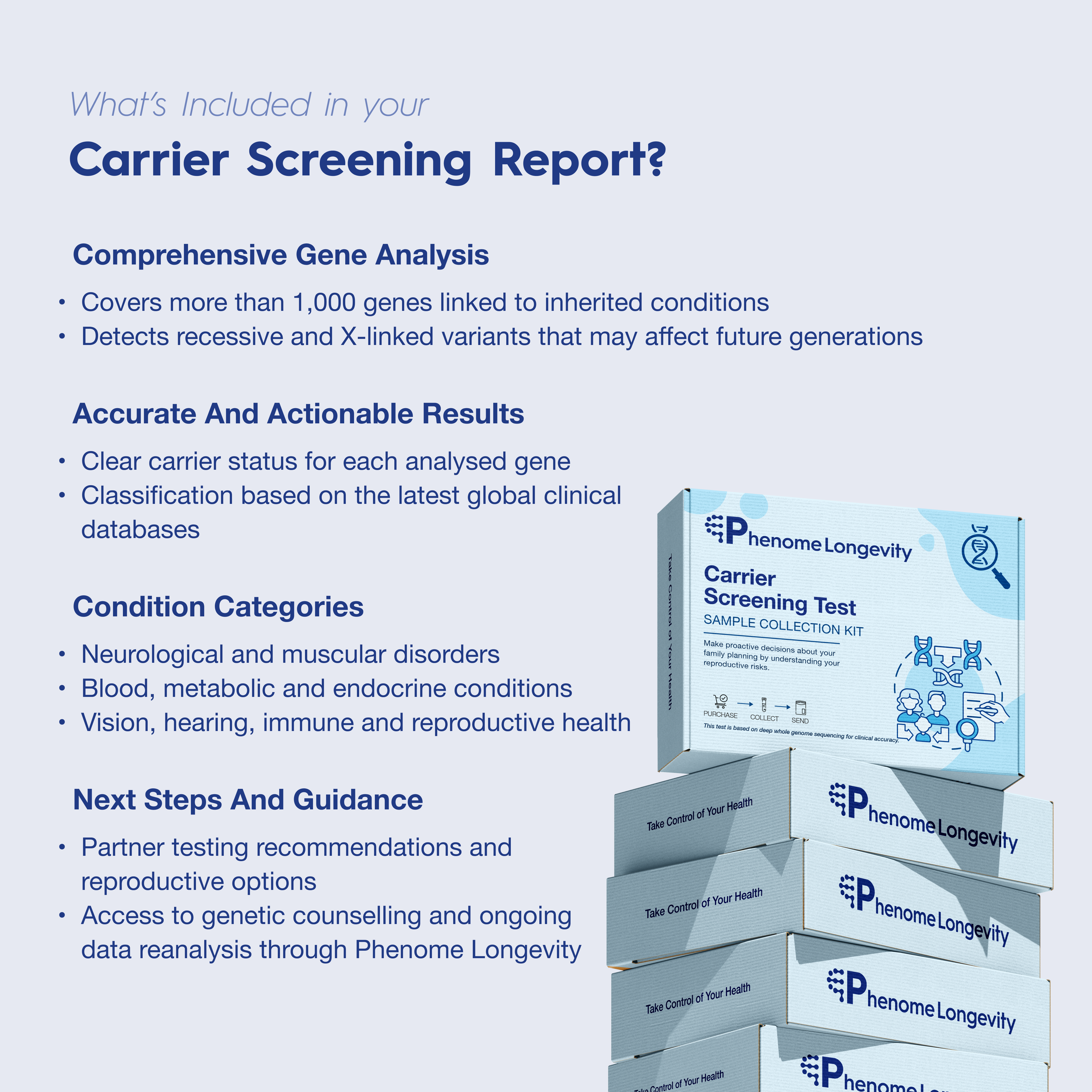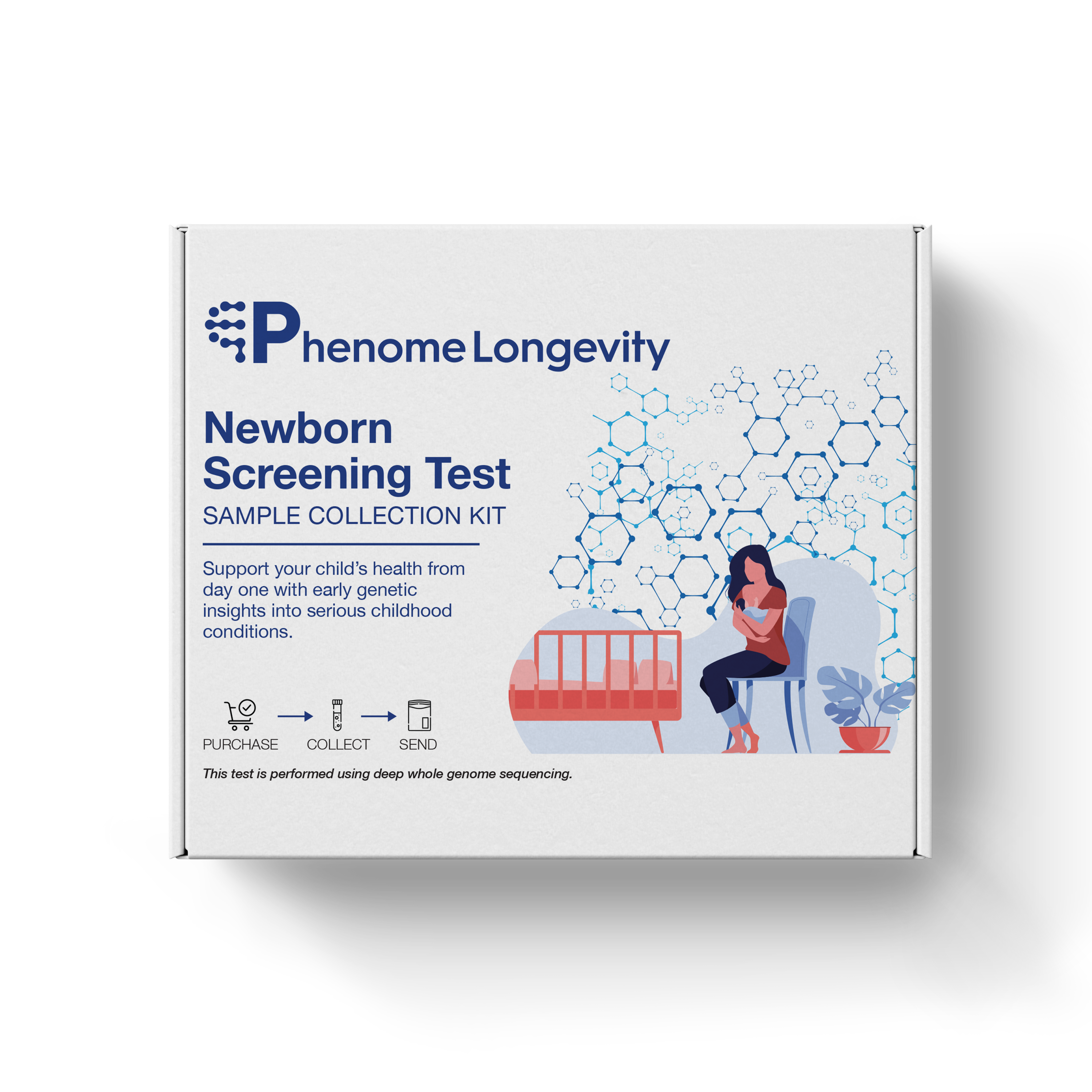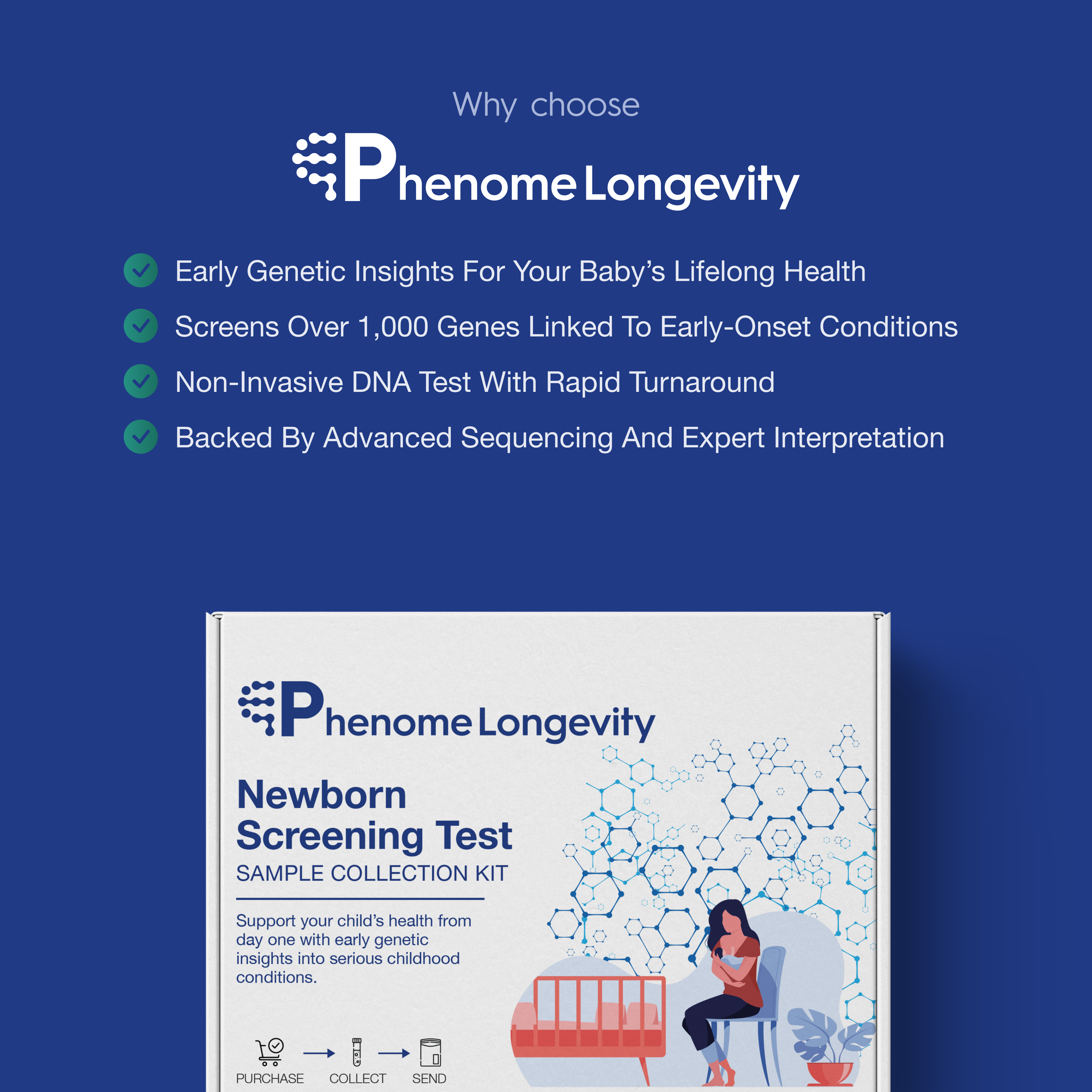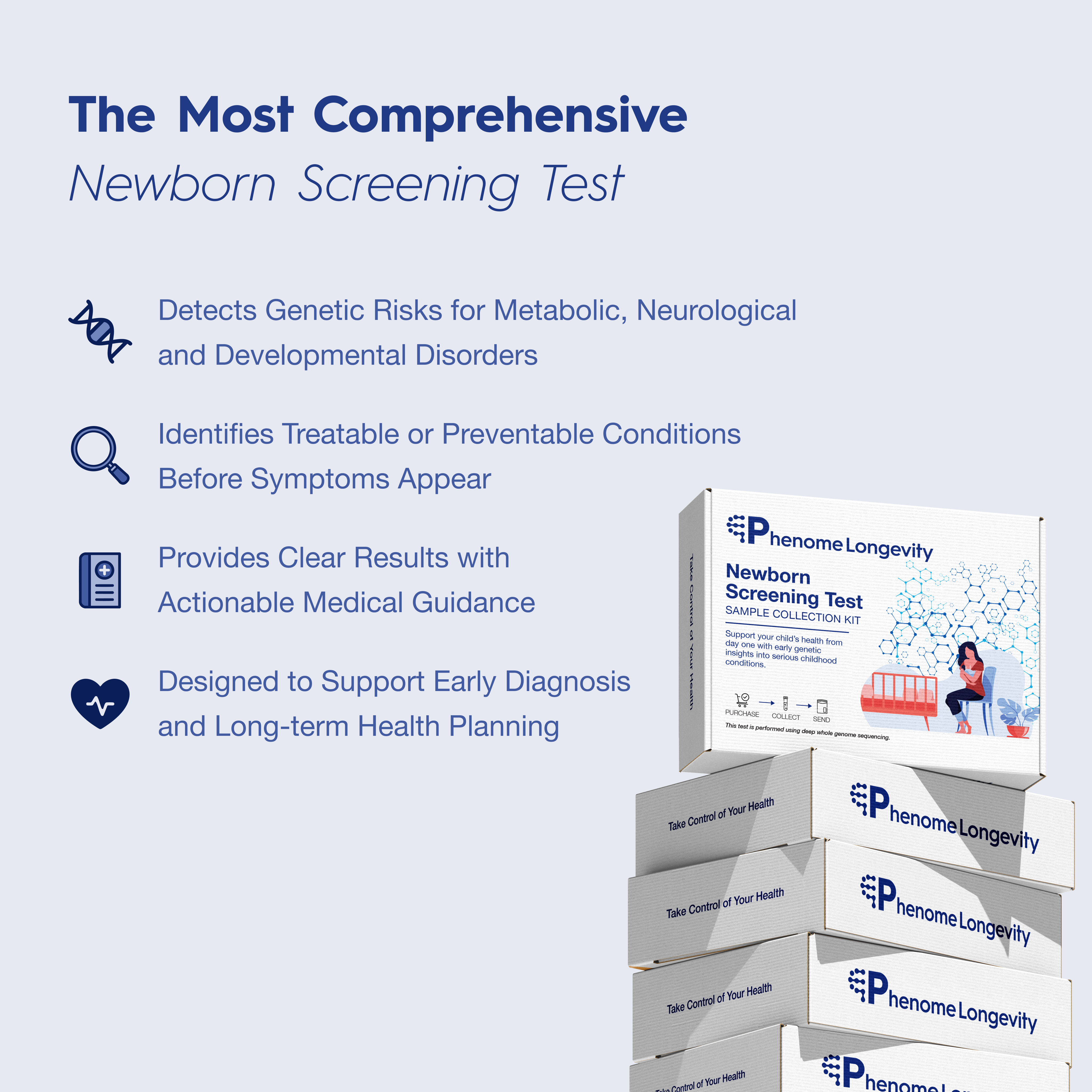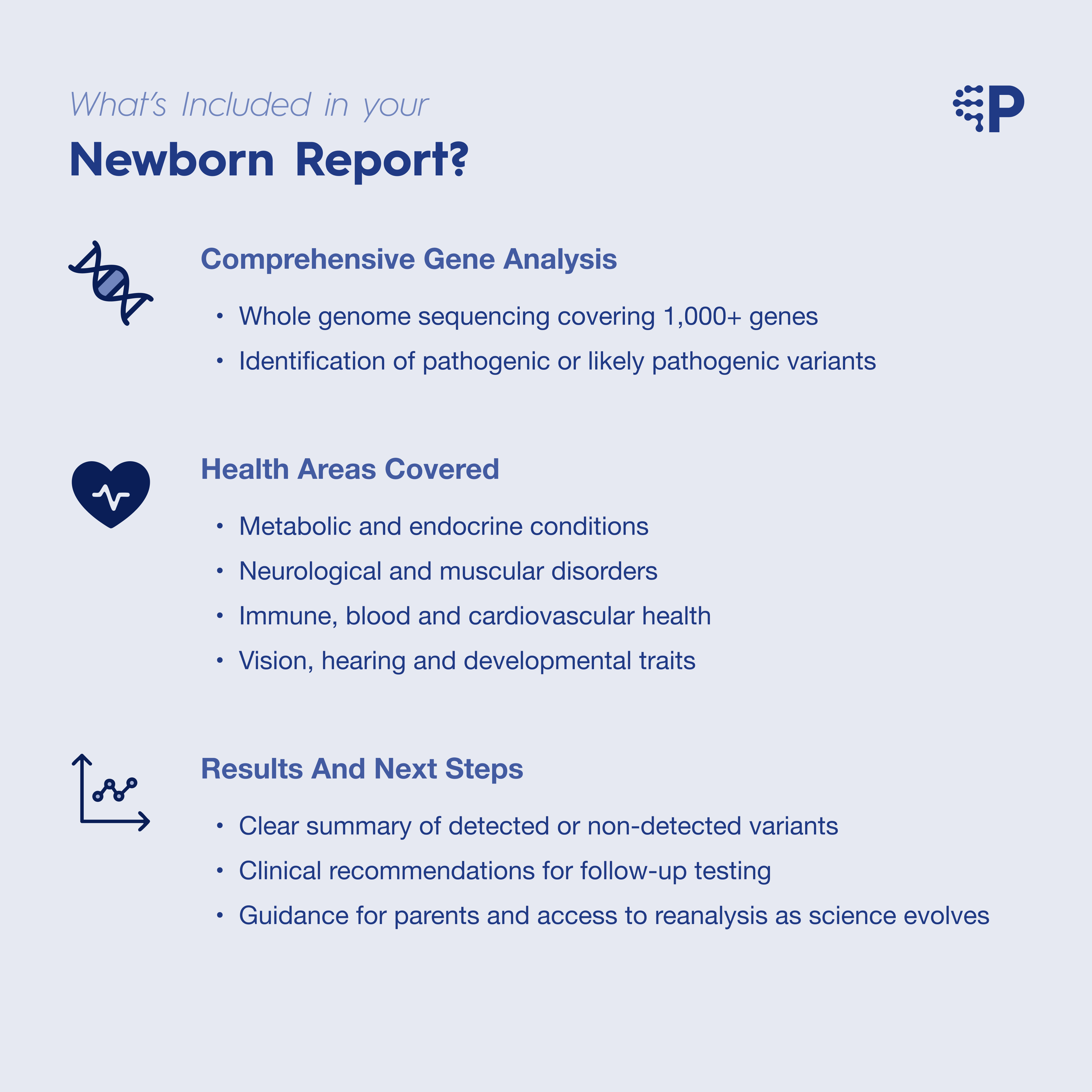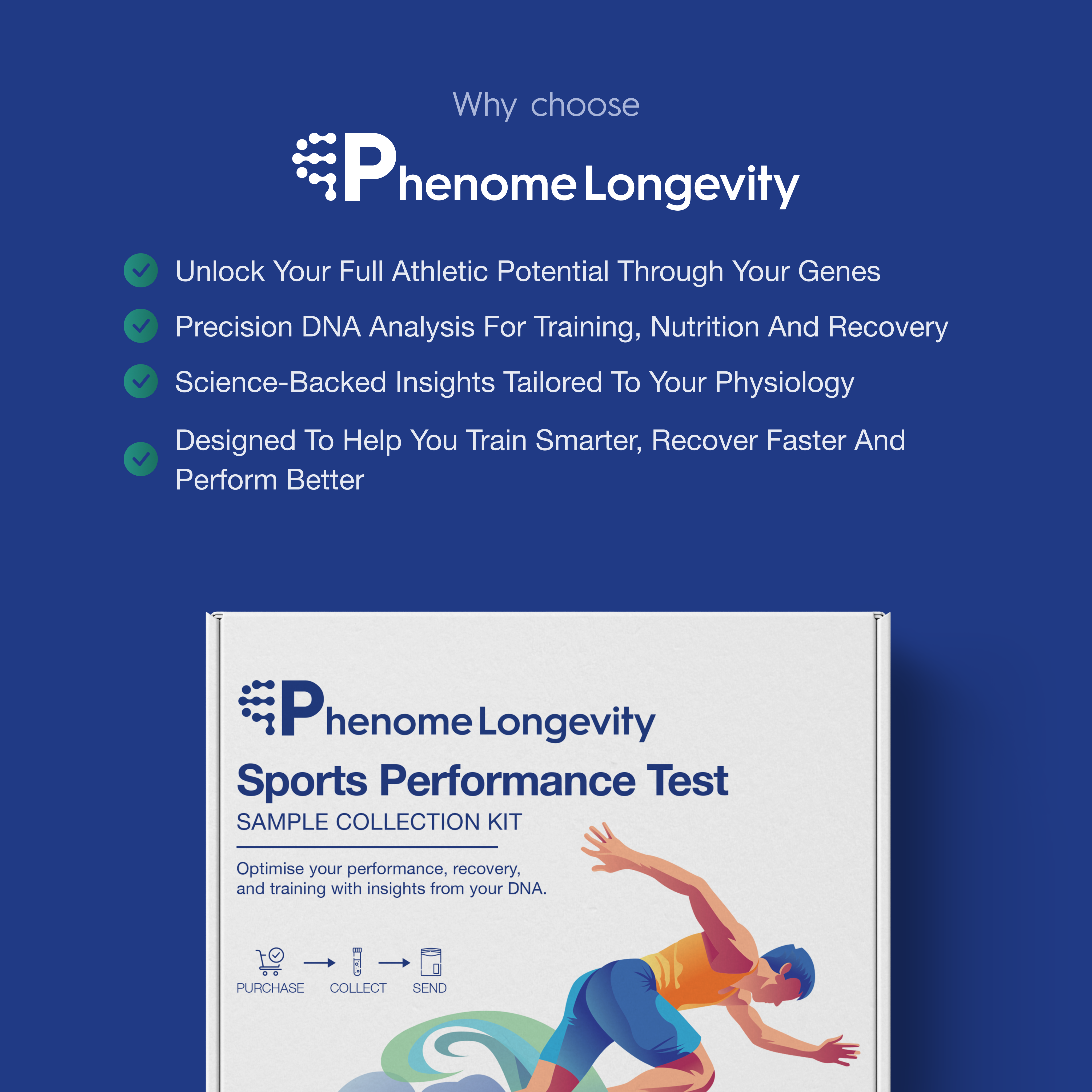| Metabolic Disorders |
ACADM, ACADVL, ACAT1, AGXT, ALDOB, ATP7B, CYP27A1, CYP27B1, DHCR7, DLD, FAH, FMO3, G6PC, GAA, GALT, GBA, GBE1, GNPTAB, IDUA, MCCC2, MCOLN1, MMACHC, MMUT, MVK, NAGA, OTC, PAH, PMM2, POLG, SCO2, SLC37A4, SMPD1 |
Gaucher disease, Galactosemia, Phenylketonuria, Wilson disease, Glycogen storage diseases, Tyrosinemia, Pompe disease, Mucopolysaccharidoses, Mitochondrial disorders, Niemann–Pick disease |
| Neurological and Neurodevelopmental Disorders |
AFF2, AHI1, ANO10, ARSA, ARX, ASPA, DMD, DYNC2H1, ELP1, ERCC2, FXN, L1CAM, MCPH1, MID1, MLC1, RARS2, RNASEH2B, RPGR, TMEM216 |
Duchenne/Becker muscular dystrophy, Friedreich ataxia, Joubert syndrome, Metachromatic leukodystrophy, Aicardi-Goutières syndrome, Canavan disease, Pontocerebellar hypoplasia |
| Neuromuscular Disorders |
CHRNE, CLCN1, FKRP, FKTN, NEB |
Congenital myasthenic syndromes, Myotonia congenita, Walker–Warburg syndrome, Limb-girdle muscular dystrophies, Nemaline myopathy |
| Hematological Disorders |
F8, F9, HBA1, HBA2, HBB, FANCC, TF, PRF1, HPS1, HPS3 |
Hemophilia A/B, α- and β-thalassemia, Sickle cell anemia, Fanconi anemia, Hermansky–Pudlak syndrome, Atransferrinemia |
| Endocrine and Reproductive Disorders |
AIRE, CYP11A1, CYP21A2, NR0B1, ABCC8 |
Congenital adrenal hyperplasia, Adrenal insufficiency, Autoimmune polyendocrinopathy, Neonatal diabetes |
| Skeletal and Connective Tissue Disorders |
ALPL, EVC2, SLC26A2, TNXB |
Hypophosphatasia, Chondroectodermal dysplasia (Ellis–van Creveld), Achondrogenesis Ib, Ehlers–Danlos-like syndrome |
| Sensory Disorders (Vision / Hearing) |
BBS1, BBS2, CEP290, CNGB3, CLRN1, GJB2, OCA2, PCDH15, RS1, TYR, USH2A, XPC |
Retinitis pigmentosa, Usher syndrome, Leber congenital amaurosis, Achromatopsia, Albinism, Non-syndromic deafness, Xeroderma pigmentosum |
| Renal Disorders |
NPHS1, PKHD1, AGXT |
Polycystic kidney disease, Finnish congenital nephrotic syndrome, Primary hyperoxaluria |
| Cardiovascular and Muscular Disorders |
FKTN, FKRP, DMD, GLA |
Dilated cardiomyopathy, Fabry disease, Muscular dystrophies |
| Immune and Inflammatory Disorders |
AIRE, MVK, PRF1, RNASEH2B |
Hyper-IgD syndrome, Autoimmune polyendocrinopathy, Familial hemophagocytic lymphohistiocytosis, Aicardi-Goutières syndrome |
| Dermatological and DNA-Repair Disorders |
COL7A1, ERCC2, XPC |
Epidermolysis bullosa, Trichothiodystrophy, Xeroderma pigmentosum |
| Developmental and Multisystem Syndromes |
BBS1, BBS2, CC2D2A, CEP290, DYNC2H1, GRIP1, LRP2, TMEM216 |
Bardet-Biedl syndrome, Meckel syndrome, Joubert syndrome, Donnai–Barrow syndrome, Ciliopathies |
| Respiratory Disorders |
ABCA3, CFTR |
Surfactant metabolism dysfunction, Cystic fibrosis |










